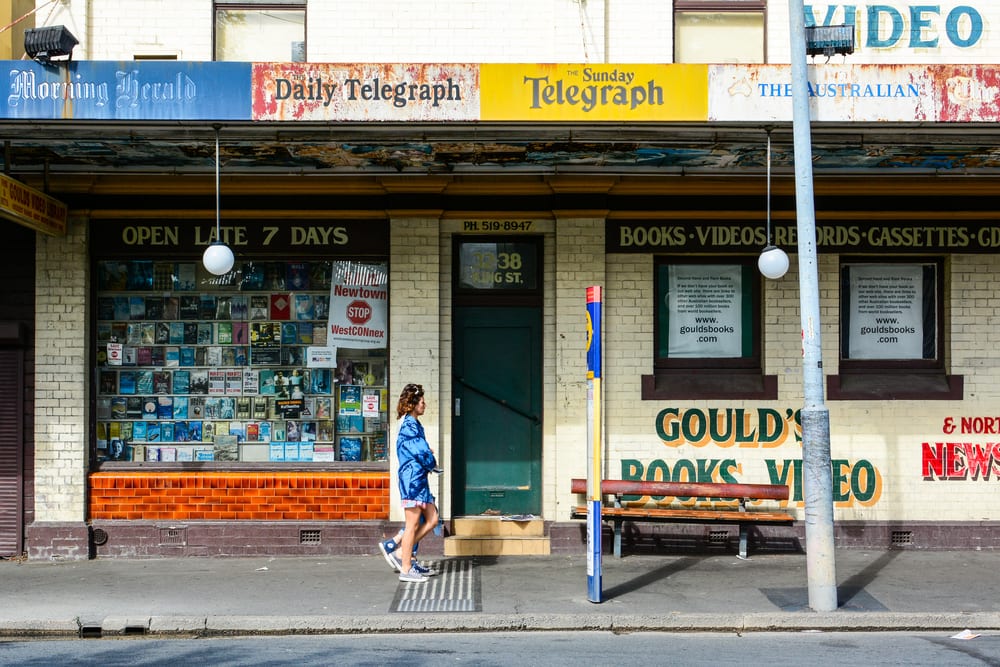
Avoiding the dud suburbs
 Investors in Queensland are always looking for the best suburbs in which to purchase. This said, the perfect areas rarely exist and there are markets that should be actively avoided for a number of reasons.
Investors in Queensland are always looking for the best suburbs in which to purchase. This said, the perfect areas rarely exist and there are markets that should be actively avoided for a number of reasons.
The question on everyone’s lips though, is “how do you tell one from the other?”.
It is super important to use data when answering this question. Statistics will help to sort the good suburbs from the bad, but it has to be the right type of data, and you will need to know what it means.
Eastwood, Sydney is a suburb which has seen a local housing market bubble. Purchasing by local resident Chinese citizens, and some from mainland China have inflated the price of houses in this area. House prices in these areas have soared by up to 27% in the last year.
The truth is that everyone is looking for the perfect suburb, but in reality most people don’t really know what they’re looking for. The best way to identify the perfect suburb is through statistics, but it needs to be the correct data. You’ll also need to ensure you interpret it correctly.
Many agents use around thirty different statistics to assess the ‘perfectness’ of a suburb’s investment potential, but there are three main ones which will indicate if further investment is a good idea.
Ideally, you’ll want to look at previous growth, yield, and the number of people per listing. These are the big three, and they’re available for every listing across Australia.
Stay away from suburbs that have experienced recent strong growth, had low yields and low visits per listing. Listings like this tend to be in markets that have peaked, and will likely be on the way down soon.
If you come across suburbs that have grown 80-90% in the past 5 or 6 years, you should probably avoid them. This is usually a warning sign and not an opportunity. Both macro and micro research is needed to recognise a good suburb from a bad one.
One of the biggest insights you can have is understanding the suburbs at street level. You’ll want to be looking for things like its proximity to industrial areas; including sources of noise and pollution. This kind of local knowledge can put you at a distinct advantage.
Think about whether at a particular point, you can smell something nasty when the wind blows; like that factory up the street or the abattoir around the corner. Smells carry.
Demographic factors might mean that some areas of a suburb should be avoided by certain investors. It doesn’t mean that things will always be that way, but demographics are something you should consider. Certain stigmas often last longer than they are relevant.
Stigmas from 50 years ago can hang around, which could be the reason that certain properties on a great street, might be priced better than others. If you can combine this knowledge with the improvement of amenities in the area, things can pick up. This is where you will make your mark as an investor.